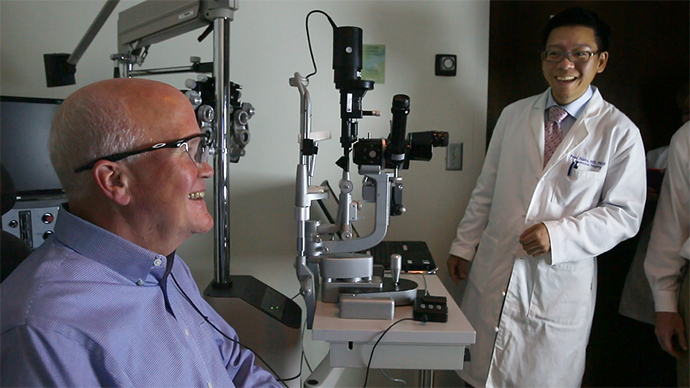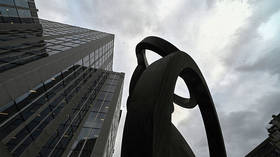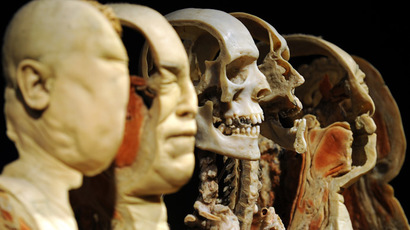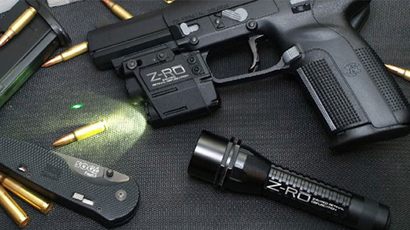‘Bionic eye’ helps blind man see again after 33 years (VIDEO)

A previously blind man from North Carolina has been granted the ability to digitally see once again through a new “bionic eye” which can transform light into images.
Larry Hester, 66, was blind for 33 years before scientists at Duke University, in North Carolina, switched on the device.
As the “eye” was switched on, Hester jumped from the shock
initially, before his face broke into a persistent smile and his
wife, Jerry, rushed over to him to share his joy. “Can you
really see?” she said, adding: “Can I give him a
kiss?”
Hester became only the seventh person in the US to have the eye –
and he expressed his good fortune to his doctors.
“I just wonder how I have been so lucky,” he said. “Why
me? But if I can use what I learn from this to help others with
RP, it will not just be for my benefit.”
Both Larry and Jerry Hester had lost hope of any improvements in
Larry’s eyesight until Jerry found an article in a magazine last
year.
“We've lived all these years without having any hope of any
change so when I saw it, I was very, very excited,” she
said.
He had the “eye” implanted several weeks ago. However, his first
“lesson” on how to use it began on Monday morning.

The Argus II Retinal Prosthesis System (‘Argus II’) received FDA
approval in February 2013.
The bionic eye uses wireless technology, through which a sensor
is implanted in the eye to pick up light signals sent from a
camera mounted on special eyeglasses, Duke University said in a
statement.
The mini video-camera in the glasses worn by the patient connects
to a sensor which completely bypasses any damaged photoreceptors
in the patient’s brain.
The treatment’s success was described upon the granting of FDA
approval on the department’s website.
“Results of the clinical study showed that the System helped
subjects: identify the location or movement of objects and
people; recognize large letters, words, or sentences; and helped
in other activities of daily life, such as detecting street curbs
and walking on a sidewalk without stepping off,” the FDA
noted.
Hester will be receiving follow-up lessons on how to incorporate
the device into his day-to-day life to the greatest effect,
“learning to discern shapes and objects from the flashes
generated by the device,” Duke said in its statement.














